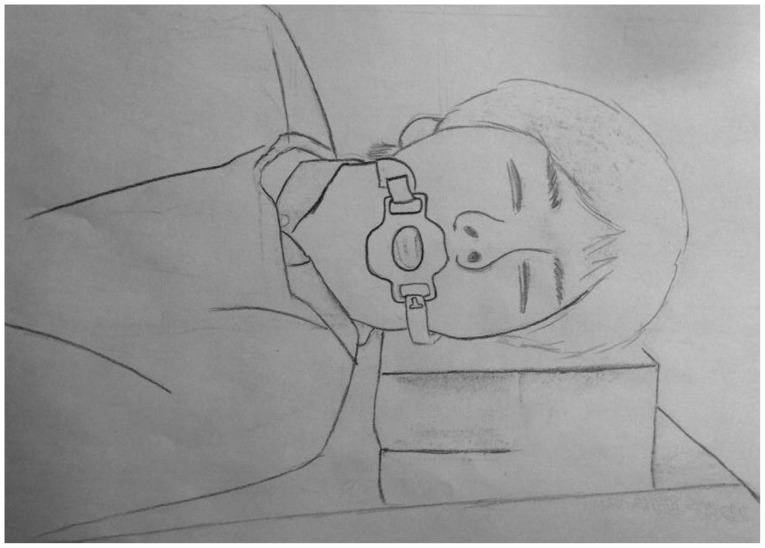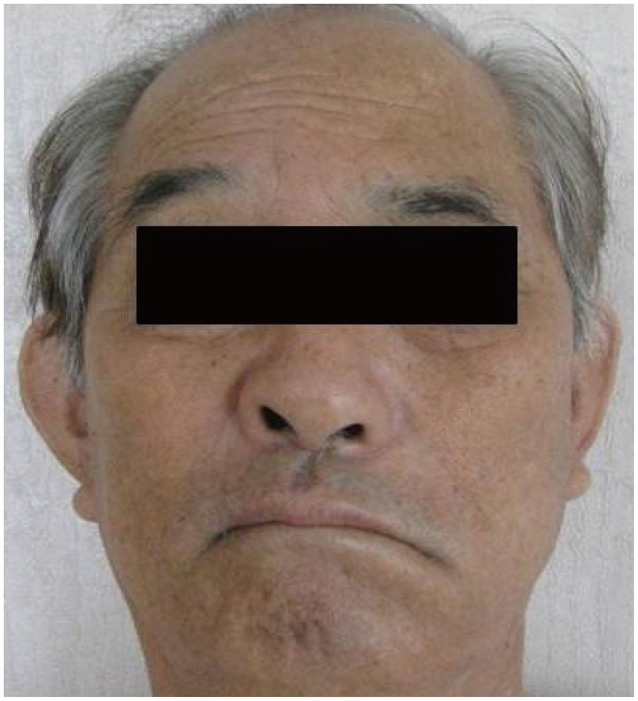Clin Endosc.
2015 Mar;48(2):171-173. 10.5946/ce.2015.48.2.171.
Peripheral Facial Nerve Palsy after Therapeutic Endoscopy
- Affiliations
-
- 1Department of Internal Medicine, Chosun University School of Medicine, Gwangju, Korea. leejun@chosun.ac.kr
- 2Department of Neurology, Chosun University School of Medicine, Gwangju, Korea.
- KMID: 1801210
- DOI: http://doi.org/10.5946/ce.2015.48.2.171
Abstract
- Peripheral facial nerve palsy (FNP) is a mononeuropathy that affects the peripheral part of the facial nerve. Primary causes of peripheral FNP remain largely unknown, but detectable causes include systemic infections (viral and others), trauma, ischemia, tumor, and extrinsic compression. Peripheral FNP in relation to extrinsic compression has rarely been described in case reports. Here, we report a case of a 71-year-old man who was diagnosed with peripheral FNP following endoscopic submucosal dissection. This case is the first report of the development of peripheral FNP in a patient undergoing therapeutic endoscopy. We emphasize the fact that physicians should be attentive to the development of peripheral FNP following therapeutic endoscopy.
Keyword
Figure
Reference
-
1. Finsterer J. Management of peripheral facial nerve palsy. Eur Arch Otorhinolaryngol. 2008; 265:743–752. PMID: 18368417.
Article2. Baidya DK, Bhoi D, Sinha R, Anand RK. Partial facial nerve paralysis after laparoscopic surgery under general anaesthesia. Indian J Anaesth. 2011; 55:416–418. PMID: 22013267.
Article3. Fuller JE, Thomas DV. Facial nerve paralysis after general anesthesia. J Am Med Assoc. 1956; 162:645. PMID: 13366653.
Article4. Park SJ, Kwon IC, Lee DH. Transient facial nerve palsy after general anesthesia: a case report. Korean J Anesthesiol. 2009; 56:443–445.5. So EC. Facial nerve paralysis after cervical traction. Am J Phys Med Rehabil. 2010; 89:849–853. PMID: 20531159.
Article6. Peitersen E. Bell's palsy: the spontaneous course of 2,500 peripheral facial nerve palsies of different etiologies. Acta Otolaryngol Suppl. 2002; (549):4–30. PMID: 12482166.
Article7. Monkhouse WS. The anatomy of the facial nerve. Ear Nose Throat J. 1990; 69:677–683. PMID: 2286163.8. Engström M, Berg T, Stjernquist-Desatnik A, et al. Prednisolone and valaciclovir in Bell's palsy: a randomised, double-blind, placebo-controlled, multicentre trial. Lancet Neurol. 2008; 7:993–1000. PMID: 18849193.
Article9. Gantz BJ, Redleaf MI, Perry BP, Gubbeksm SP. Management of Bell's Palsy and Ramsay Hunt Syndrome. In : Brackmann DE, Shelton C, Arriaga MA, editors. Otologic Surgery. 3rd ed. Philadelphia: Saunders/Elsevier;2010. p. 335–346.
- Full Text Links
- Actions
-
Cited
- CITED
-
- Close
- Share
- Similar articles
-
- 2 Cases of Peripheral Facial Nerve Palsy Caused by Leukemia and Brain Stem Tumor
- Peripheral Facial Palsy after Dental Procedure
- Serious Neurological Disorders That Mimic Bell’s Palsy: A 10-Year Experience
- Pontine Infarct Presenting as Peripheral Type Unilateral Facial Palsy
- Facial Nerve Decompression via Middle Fossa Approach: Report of Three Cases




